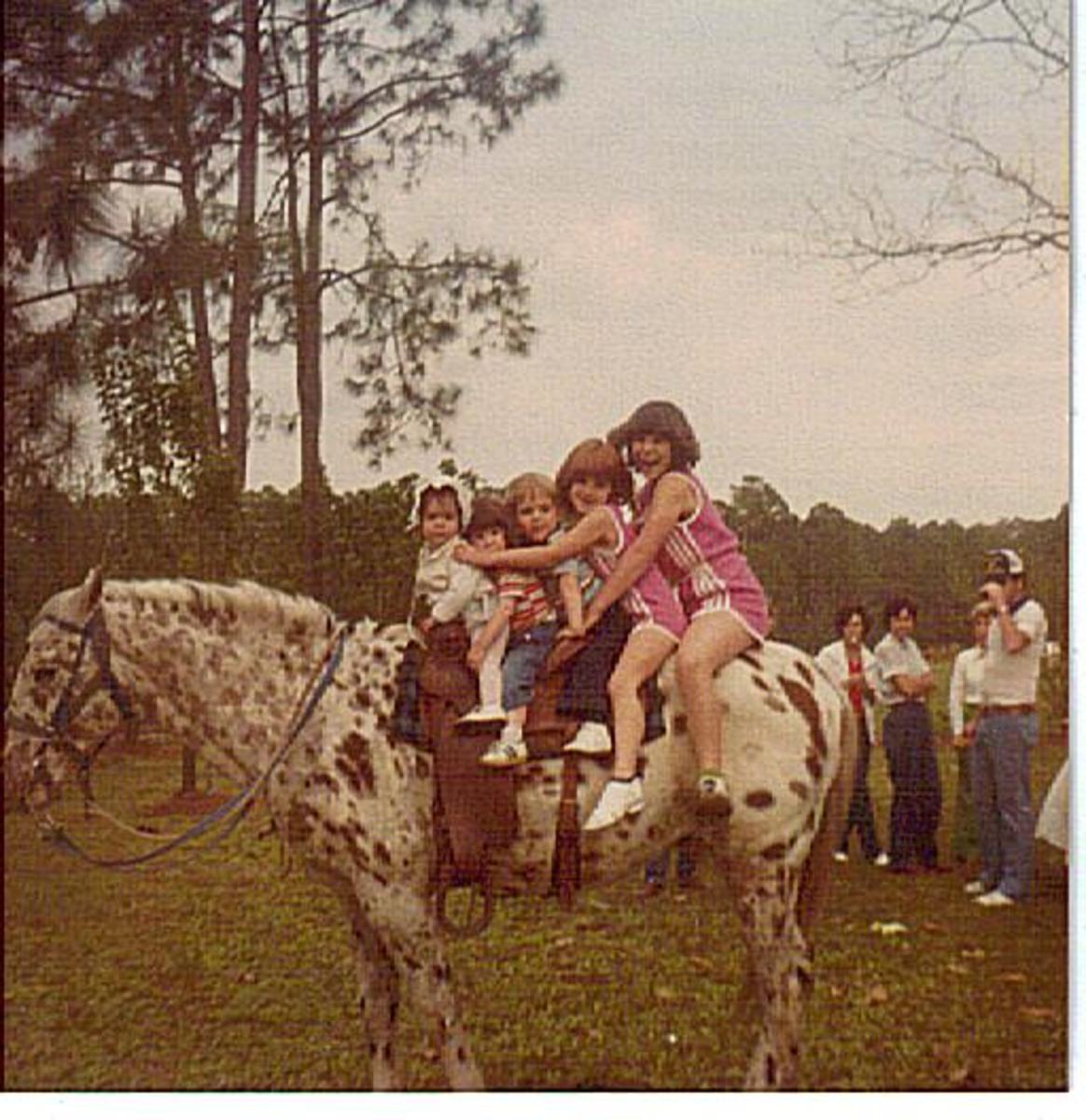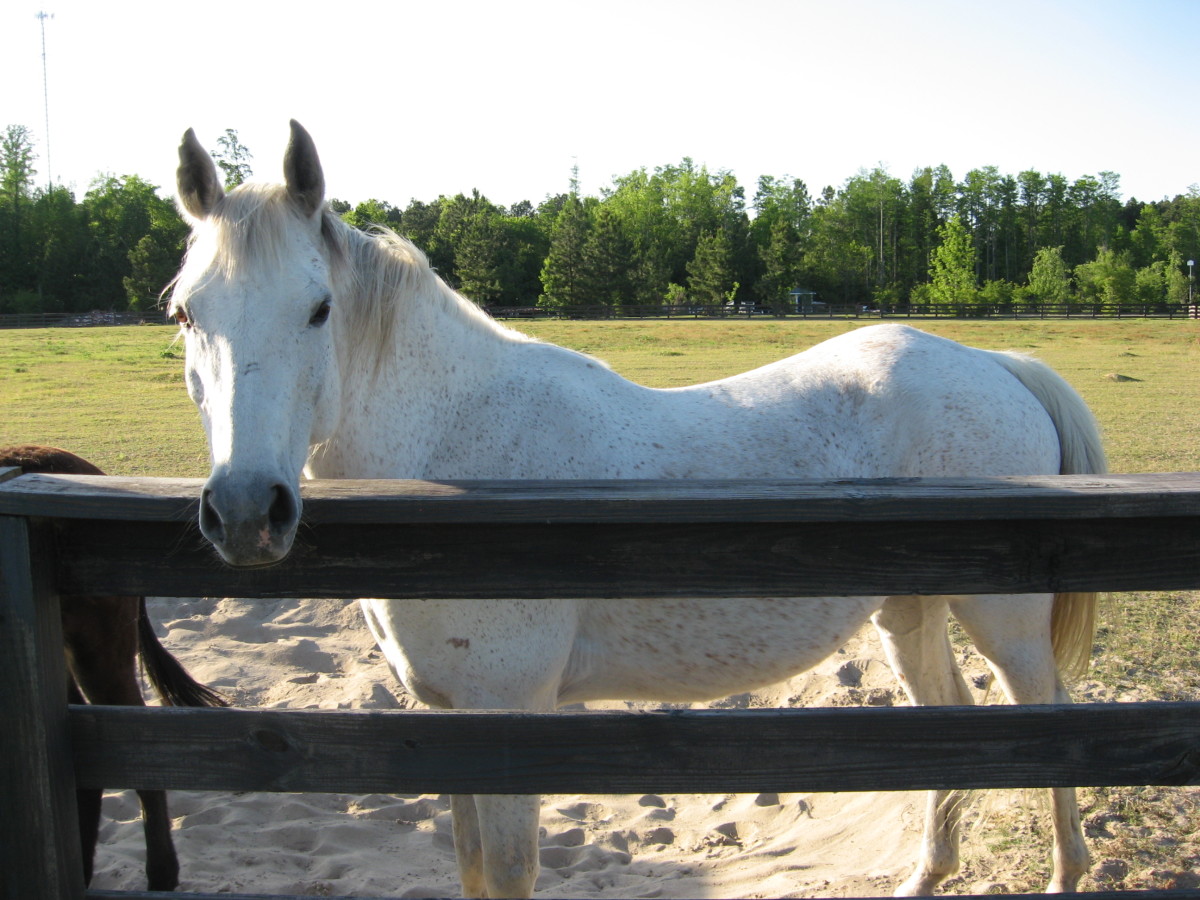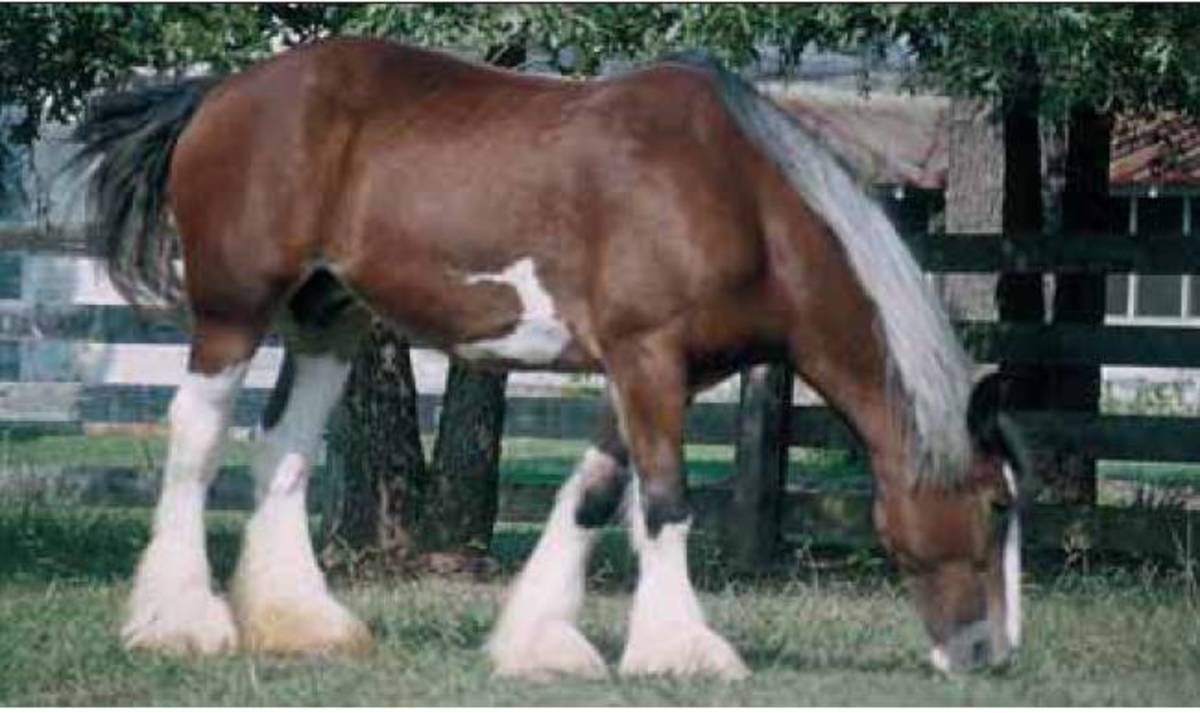Laminitis in Horses - Treatment and Prevention
With summer here, the fields are full of lush green grass which can cause a headache for lots of horse and pony owners. My Shetland pony is very prone to laminitis and tended to suffer from it three or four times a year when I first had her, it made her very ill to the point where she could not walk at all. Laminitis can occur at any time of the year, but is more common in the spring and autumn months. There are various treatments, but prevention is of paramount importance as it is a very distressing and painful disease for the animal and very expensive for the owner. It mainly affects equines, but I have known it to affect cattle.
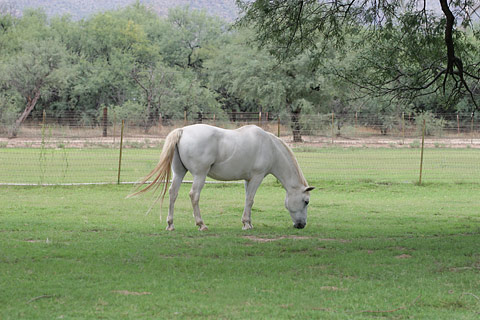
What is Laminitis
Laminitis is a severe inflammation of the laminae which is the sensitive layers of the hoof. The pedal bone (coffin bone) actually hangs within this soft tissue area of the hoof. When a horse or pony has laminitis, the laminae which carries the blood vessels to the hoof become very inflamed and can become damaged. The result is distressing and very very painful for the animal.
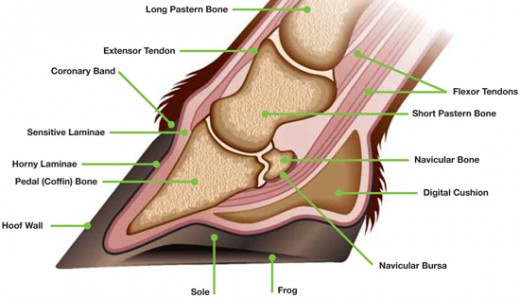
As you can see from the diagram, the pedal bone is set within the sensitive laminae, so when this is inflamed, the pedal bone in very severe cases can actually come through the sole of the foot. Unfortunately, when this happens, there is not treatment or cure and the animal will have to be destroyed. This only happens in a small number of cases.
Recognising the symptoms of laminitis
- Lameness - this is usually the first signs that your horse may be suffering from an attack of laminitis.
- The digital pulse in the feet is increased.
- The horses feet will feel hot to the touch.
- The horse will show an unwillingness to walk.
- They will normally try to take the pressure from the affected feet (usually the front, although in some cases all four feet can be affected) by adopting a stance of stretching their front feet out and spreading their back feet out farther than they normally do. This allows them to take the pressure off the front toes and take most of the weight on their back legs.
- Rings may appear around the hooves on the outside wall.
- They will show signs of pain when hoof testers apply pressure to the toe area.
- The horse will shift the weight from front to back when standing stationary.
- Swelling may appear just above the hooves.
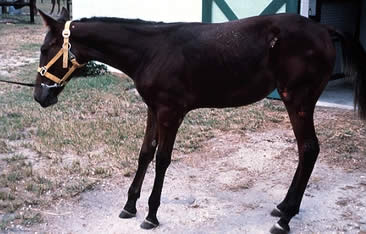
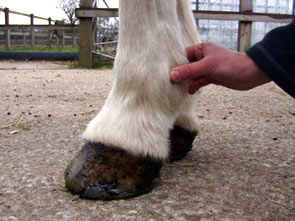
What causes laminitis
The most common cause of laminitis is usually poor digestion and overeating. Grass contains fructans which are soluable carbohydrates which is made during the growing process. These fructans produce sugar which is stored in the grass. When the horse eats too many fructans in a short time period, their bodies cannot cope with it and it cannot be digested properly. If food is not digested properly in the horses intestine, it passes to the gut where toxins and acid can leak into the body affecting the horses blood supply. When these toxins travel through the body, eventually reaching the feet, the soft tissue (laminae) becomes inflamed which can then find it difficult to hold the pedal bone in place. So, although laminitis is a disease of the horses feet, it is normally caused by a problem that has originated elsewhere in their body.
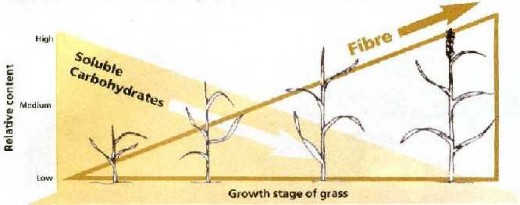
What to do if you suspect your horse is suffering from Laminitis
- Remove the horse or pony from the pasture immediately.
- Put in a stable with deep bedding.
- Call the vet straight away.
- Ensure plenty of drinking water is available.
- Don't walk your horse any further than the stable, as this will only worsen the condition.
- Don't ride your horse until the vet tells you it will be safe to do so.
What will the vet do?
The vet will examine your horse and may give a painkilling injection, once he has assessed its condition. He may try to improve circulation to the feet by administering further drugs and anti-inflammatories. It may be that your horse requires an x-ray or radiograph to ascertain if any damage has caused the pedal bone to rotate. Stable rest may be required until the laminitis has improved. He may suggest that your farrier fit special shoes to reduce the pressure in the feet. Horses/ponies that have suffered from laminitis may be prone to it in the future, therefore, it is imperative that preventative measures are taken to stop recurrence.
How to prevent laminitis
There are several steps that can be taken to prevent laminitis:
- Weight control - monitor your horses' weight frequently by using a weight tape.
- Restrict grazing - limit the amount of time spent grazing, this can be done in a number of ways:
- Allow your horse to graze on a strip of grass by the use of an electric fence around the area allowed.
- Use a grazing muzzle to restrict the amount of grass eaten in the pasture. (This still allows them to drink)
- If possible, arrange for some sheep or cattle to be put in the pasture, this will keep the grass down, which means less for your horse.
- Feeding - Feed using a low carbohydrate, high fibre diet. It's best to choose one of the feeds that are recommended by the Laminitis Trust. Always feed your horse their daily allowance in small quantities throughout the day.
- Supplements - Speak to your vet for advice on which supplements will benefit your horse.
- Farriery - Regular hoof trimming is essential for post-laminitic ponies and horses.
- Exercise - Once the vet has given the go ahead for your horse to be ridden, ride regularly and gently to give your horse exercise. Alternatively, lungeing can be done in a small arena until full fitness has been reached.
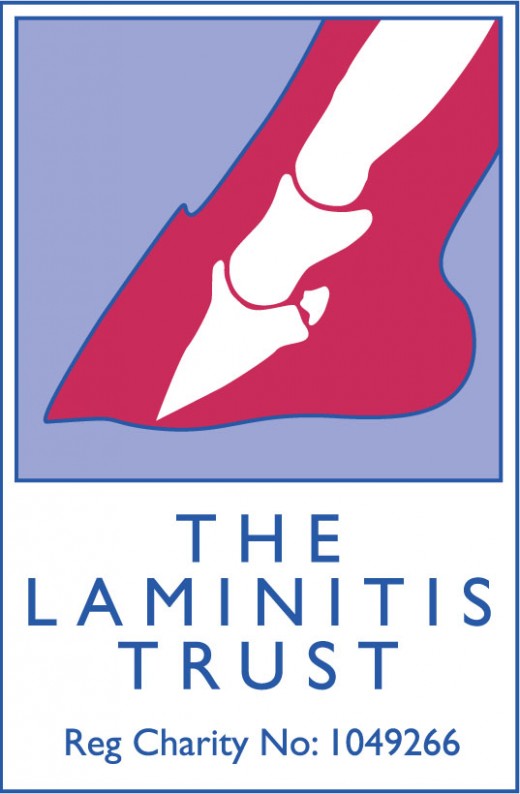
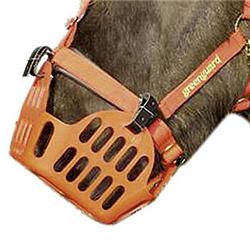
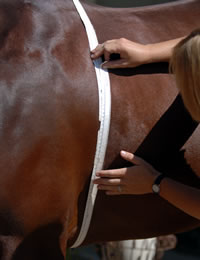
Is your horse overweight?
Laminitis is a painful debilitating disease, which at its worst can result in death in a small percentage of cases. Overweight horses and ponies are more susceptible to laminitis, so keep a vigilant check on their weight at all times.
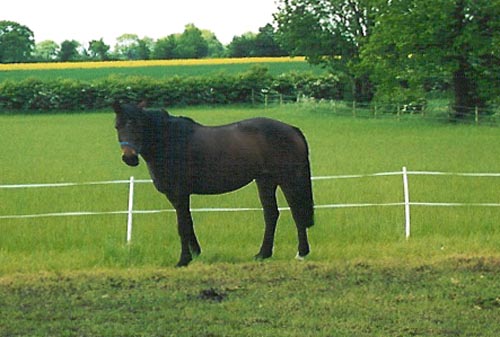
Dried nettles
Dried nettle plants are good for laminitis as they are said to be diuretic, blood cleansing and great for reducing inflammation. You can buy them already dried or cut your own. If using your own, cut them and hang them up for 2-3 days until they dry out and feed them to your horse - they should eat them with no problem.

